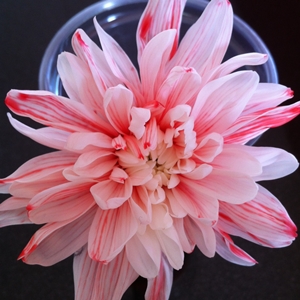What is transpiration?
Lets learn more!
‘Did you know… trees and plants in rain forests help to make rain; if a forest is cut down the area around it may suffer from drought!’
Transpiration accounts for up to 10% of water in the atmosphere! Some trees can loose hundreds of thousands of litres of water in a single day through transpiration! The water vapour trees transpire into the air cools the air!
How powerful is transpiration?
 |
| photo credit: Christopher Chan via photopin cc |
Stromata
Stomata are tiny holes or pores on leaves, stems and even petals of the plant that allow water out of the plant (transpiration) and gases (like carbon dioxide) into the plant. Most of the stromata of a plant are found on the underside of the leaves.
An experiment to try at home: Tracking the flow of water!
| You will need…. white flowers, clear cups and food colouring of your choice |
| Step 1: Fill cups 2/3 full with water |
| Step 2: Add different food colouring to each one; I used blue, yellow, green, red (Note: you need a fair amount of food colouring… at least half a bottle per cup) |
| Step 3: Cut the stem of four flowers to desired length then add one to each cup |
| Step 4: Leave for a few hours (or overnight) and see what has happened! |
So what has happened?…The coloured water travels up the stem and eventually reaches the flower where it changes the flower’s colour.
What could you change or what other things could you try?… What would you change if you repeated this experiment? You could try it using a variety of different types of flowers to see if one type works better than another. You could vary the amount of food colouring you use.
